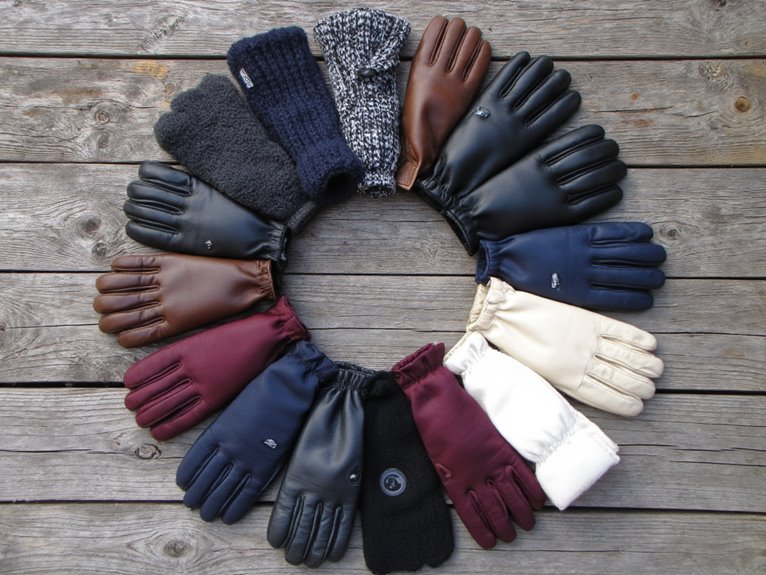What Is the Best Size Mountaineering Backpack?
The ideal size of a mountaineering backpack depends on the type and duration of the expedition, with day trips typically requiring 20-30 liter packs, multi-day climbs necessitating 30-40 liter packs, and expedition climbs requiring 40-50 liter packs or more. Factors such as climatic conditions, personal preferences, and specialized gear needs also influence backpack size requirements. A balanced approach is vital to guarantee capacity and comfort are not compromised. With careful consideration of these factors, climbers can choose the perfect backpack size for their adventure. Discover how to tailor your backpack size to your specific mountaineering needs.
We are supported by our audience. When you purchase through links on our site, we may earn an affiliate commission, at no extra cost for you. Learn more. Last update on 28th December 2025 / Images from Amazon Product Advertising API.
Backpack Size for Day Trips
For day trips, a backpack size ranging from 10 to 30 liters is often ideal, as it provides sufficient space for essential gear without becoming too cumbersome.
This size range allows for the transportation of vital items such as extra clothing, first aid kits, and snacks, while also enabling easy mobility.
A smaller pack, around 10-15 liters, is suitable for shorter, more leisurely excursions, while a larger pack, around 20-30 liters, is better suited for longer, more demanding day trips that require additional essential items.
Ultimately, the key is to strike a balance between pack size and content, ensuring that all necessary items are accounted for without compromising comfort and mobility.
Gear Requirements for Multi-Day Expeditions
When undertaking multi-day expeditions, a meticulous approach to gear selection is crucial, as the right balance of essentials can mean the difference between a successful and enjoyable trip versus one fraught with discomfort and risk.
A thorough packing list should include essential items such as a tent, sleeping bag, and pad, as well as clothing and footwear suitable for varying weather conditions.
Additionally, a first-aid kit, navigation tools, and emergency shelter and warmth provisions should be considered.
Food and water planning is also critical, with a focus on lightweight, high-calorie options and a water treatment system or filtration device.
Factors Affecting Backpack Size Needs
The capacity requirements of a mountaineering backpack are heavily influenced by the type and duration of the expedition, as well as the climatic conditions and personal preferences of the user.
For instance, a multi-day winter expedition in harsh weather conditions will require a larger backpack to accommodate additional clothing, gear, and emergency supplies.
In contrast, a shorter, summer expedition in milder conditions may allow for a smaller pack.
Additionally, the type of climbing or outdoor activity also plays a significant role, as specialized gear such as ropes, harnesses, or crampons may be necessary.
Understanding these factors is essential in determining the ideal backpack size for a successful and comfortable expedition.
Balancing Capacity and Comfort
Ideal backpack size is a delicate balance between capacity and comfort, as a pack that is too small can compromise safety and preparedness, while one that is too large can hinder mobility and exhaust the wearer.
A pack that is too small may force you to leave essential gear behind, compromising your ability to respond to emergencies.
On the other hand, an oversized pack can lead to fatigue, discomfort, and reduced agility.
To strike the right balance, consider the specific demands of your climb, the gear you need to carry, and your personal comfort level.
Choosing the Ideal Backpack Size
To determine the ideal backpack size, climbers should consider three key factors: the duration and type of climb, the weight and volume of required gear, and their own torso length and comfort preferences.
By carefully evaluating these factors, climbers can select a backpack that meets their specific needs.
Day trips: 20-30L backpacks are ideal for short, lightweight climbs.
Multi-day climbs: 30-40L backpacks provide ample space for extended trips.
Expedition climbs: 40-50L backpacks are necessary for long, heavy climbs.
Customization: Consider a backpack with adjustable torso lengths and hip belts for a tailored fit.



